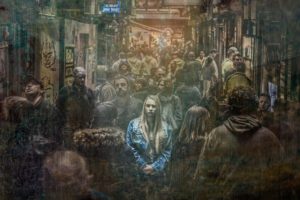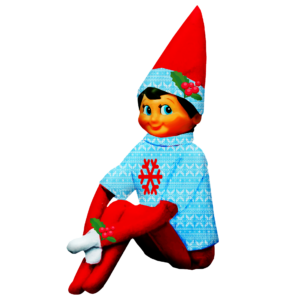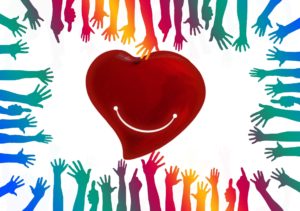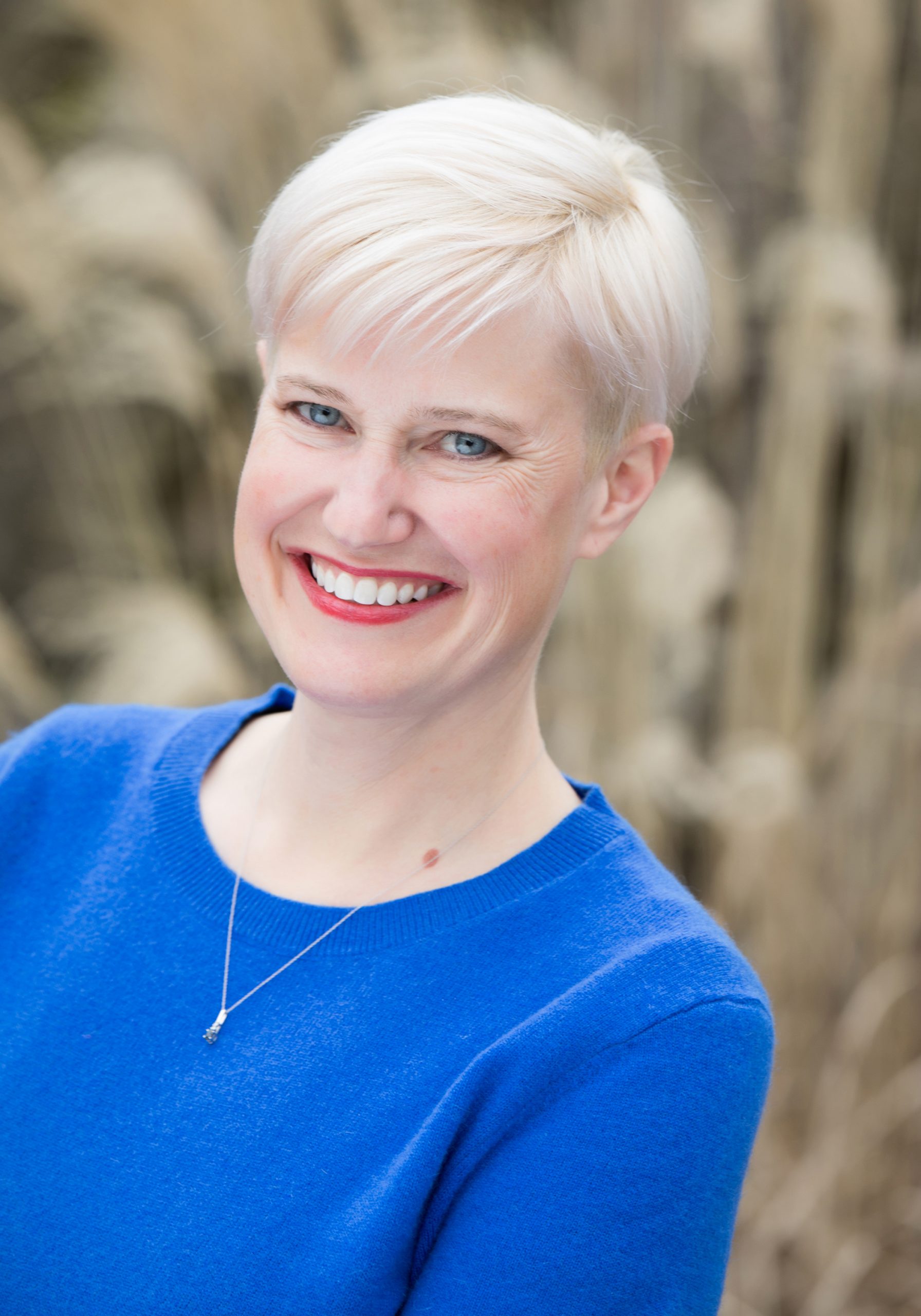Caught between two worlds: what is “normal”

Photo: Pixabay
The event
5 years ago Jack stopped breathing. He had a grand mal seizure in his bedroom, just after dinner. My other child and I had heard a loud thud and then…silence. I bolted upstairs, my then 8 year old on my heels. Jack thrashed wildly, which was scary, then stopped moving, which was scarier. His lifeless face, an otherworldly color of an iridescent opal.
I screamed for my shell-shocked child to get my husband Mike and I called 911. Mike started cpr and after an agonizing 30 seconds or so, Jack regained consciousness. We went to the hospital in an ambulance and he was pronounced ok. No explanation for the seizure. Follow up tests were normal. No seizures before or since. The doctors just shrugged. It took months before our family was able to hear a loud noise without flinching.
My priorities and anxieties often feel different than my friends’ worries–those who don’t have children with special needs. Take the seizure. In the half minute Jack didn’t breathe, I thought my son was going to die, and that my other child would bear witness. For about 6 months we lived on heightened alert. We were terrified that Jack would stop breathing again during the night while we were asleep. That we’d fail him in the basic requirement of parenthood– to keep him safe and alive.
The aftermath
An experience like that changes you. And gives you less tolerance for our society’s superficial expectations of what a good parent “should” be. I have no time for the overly complicated Pinterest form of parenting that can dominate our Facebook feeds– especially during the holidays. Don’t get me started on the Elf on a Shelf and its ridiculous hijinks. Yet another arbitrary expectation of multi-day parental creativity during a stressful time of the year. Bah humbug!

Photo: Pixabay
At times, these thoughts can feel like heresy and foreign to the “normal” parenting world. I am pretty confident that none of my friends with typically developing children are planning their kids’ retirements. Nor do they worry about how their eventual death will impact the lifestyle and care of their adult children. And I’m sure they don’t get half as annoyed as I do by something as harmless as the Elf on the Shelf.
I feel I am a mom caught between two worlds—Jack’s world of “special needs” and my other child’s world of “normal.” I go back and forth between these worlds many times throughout my day and I try not to get culture shock.
What is normal?
When I’m feeling down and alone in my despair and anxiety, it helps me to remember there is no such thing as “normal.” “Normal” is the mask people put on to be socially acceptable. “Normal” is the armor people use when going out to face their day. “Normal” allows people a comfort of escaping their problems for a while and blending in.
When I am consumed with the daunting lifetime challenge of caring for Jack, it is easy to miss others’ invisible battles when they are hiding behind “normal.” What number of people do I see on any given day who are managing their own personal crises? Absorbing their own major life blows that are invisible to me? Who’s dealing with a mental illness or substance abuse? Or job loss? Divorce? Illness? Death? Even though they may have “normal” parenting issues, many may have something else they must bear. Unlike our struggles in the special needs community, where challenges are apparent to all, their difficulties remain hidden. And so they disappear behind the protection of “normal” while nursing their own pain.
We are in this together
So I guess I’m not caught between two worlds in the way I initially thought. The trick is to acknowledge and accept my roller coaster of emotions, but not to allow my issues to blind me to the greater human condition. By reminding myself of others’ invisible struggles, I can be more supportive. Compassion banishes the murky and unproductive self-pity and brings me to a better place of love and optimism. In the end, we do the best we can. And all of us, regardless of ability, are “abnormal” moving through a “normal” world.

Photo: Pixabay

I’m the mom of 2 great young adults, as well as of a very spoiled plott hound named Bubba Sue. I grew up in New Jersey, but have lived in the Cincinnati, OH area for the past 18 years. My husband Mike and I have been married for long enough not to look like our wedding pictures, but even after all these years, he still makes me laugh. After 15 years of questions and no answers, Jack got a diagnosis of Smith-Kingsmore Syndrome. I wanted to write this blog to help special needs families know they are not alone.
